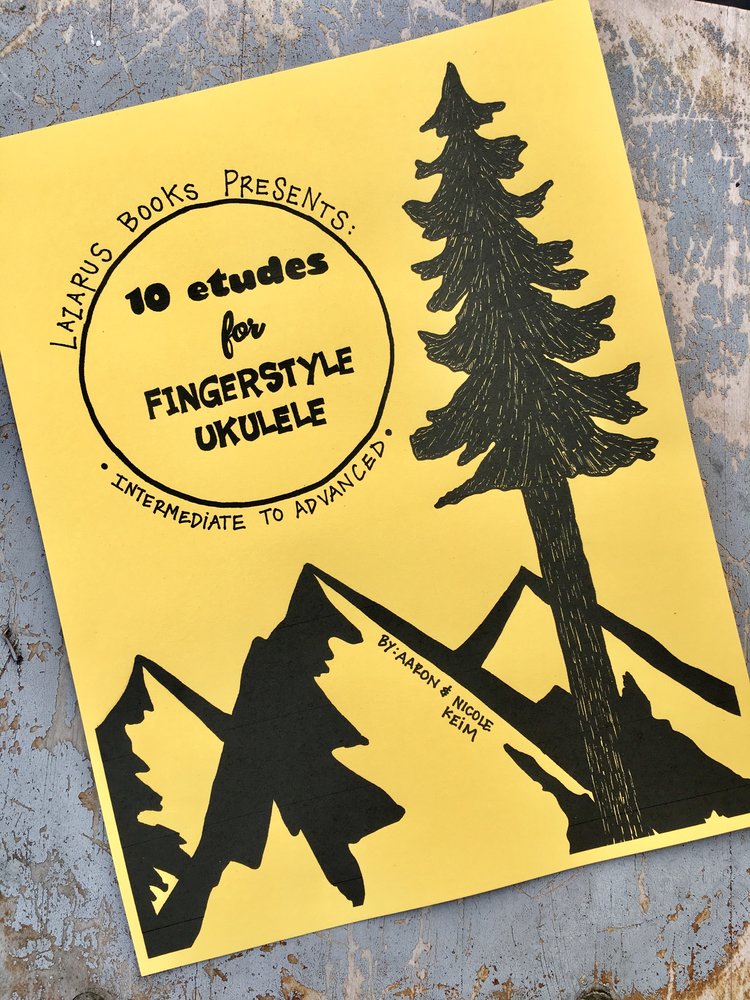Some good recommendations here.
You can work through them all and you will advance in your playing and musical knowledge.
It wont matter which one you start with, but just concentrate on one at a time. Go through the sometimes hard monotonous effort to do all the exercises in one book before you start another. Don't confuse yourself by jumping around he books or the video courses. Also just do what the teacher says in the book or video and if you have questions find a way to ask the teacher for the answers, don't splash your questions all over the internet unless its a last resort.
Also, there is value in working through several approaches. An illustrative example is the difference in presentation between the Keim's books and Sam Muir's books. The difference in presentation shows some underlying approaches to ukulele music. By working through both, one at a time, you will pick up a lot more than just learning finger picking, while you are learning finger picking.
I recommend buying a hard copy format of whatever you choose. If you get the PDF version, print it out on good archival paper and put it into a nice folder. The actual book is my personal choice, and I know how much they cost and the effort of getting them. You may not realise the value in getting the hard copy now until 2025 if you are starting today, but I think you will if you want to be a student of ukulele into the future.
And never forget why you are doing the lessons. At the start make a wishlist or play list of about 5 - 10 tunes you want to play on your ukulele. Over time, find the written music in the format of the music in the book you are using, TAB or Standard Notation and keep it in your wish piece folder. Every now and then when you are bored with the course, get out your wishlish folder and try to play the tunes from the written versions you have. That may be a good way to keep track of your progress and keep reminding you why you are doing the hard work of learning how to use the ukulele as a musical instrument. If you get a teacher instead of a book or video, talk to your teacher about your wish piece book.
Edited addition. Often the books and videos are based on a weekly lesson, so each piece or example or lesson is expected to take about a week, probably with 30 minutes effort each day and a 60 minute session once a week going over the work. So if the book or video set has 26 pieces, the teacher is expecting you to spend 26 weeks or 6 months to work through it. You will notice that the number of lessons can correspond to the school terms in the places where the teachers live, IE the lesson plans line up with the school terms. So if you buy a book today that has 12 progressive lessons, you may need to realise that you are starting a 12 week (at least) musical adventure if you are serious, not a 2 day flick through.

